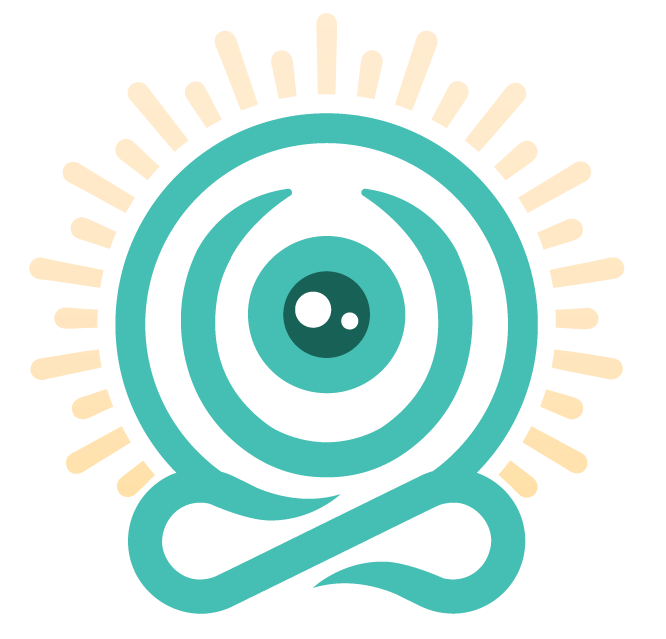The Impact of Information Overload on Our Bodies and Minds
In today’s fast-paced world, we find ourselves inundated with an unrelenting flood of information. Each day, we are bombarded by news alerts, social media updates, and endless notifications. While access to information can empower us, it also comes at a significant cost to our mental and physical well-being. Our nervous systems, which evolved to handle immediate threats, are now grappling with a constant barrage of perceived dangers, leading to profound effects on our health.
The Threat of Information Overload
Our bodies are not equipped to process the sheer volume of stimuli we encounter daily. Historically, our nervous systems developed to respond to tangible threats—fleeing from predators or surviving in harsh environments. Today, however, many of these threats are abstract, often existing only in our minds. When we read alarming news or engage in stressful conversations, our bodies react as if we are facing an actual physical threat. Hormones like adrenaline and cortisol surge, preparing us for a “fight or flight” response, even when there is no immediate danger.
This physiological reaction can be exhausting. As we internalize stress without adequate release, we often find ourselves in a cycle of tension. Clients I work with, as well as fellow practitioners, have observed an alarming increase in the amount of tension stored in the body. The stress that accumulates manifests physically, resulting in tight muscles, restricted movement, and chronic pain.
The Role of Fascia in Stress Response
Fascia, the connective tissue that surrounds our muscles and organs, plays a critical role in our ability to move freely. When our bodies are under constant stress, this fascia can become rigid and immobile. Just as our minds struggle to process overwhelming information, our fascia can become stuck, holding onto tension and inhibiting our natural range of motion.
When fascia is pliable, it facilitates smooth movement and allows for the release of stored tension. However, when it becomes stiff, it restricts our ability to move forward, both physically and emotionally. This rigidity not only affects our physical health but can also contribute to feelings of anxiety and overwhelm.
Breaking the Cycle
To combat the effects of information overload and the resulting tension in our bodies, we must prioritize practices that promote release and relaxation. Here are a few strategies that can help:
1. Mindfulness and Meditation: Taking time to breathe deeply and focus on the present moment can help calm the nervous system and reduce the perception of threat. Mindfulness practices can also encourage a greater awareness of bodily sensations, allowing us to identify and release tension.
2.Movement and Stretching: Engaging in regular physical activity, whether through yoga, dance, or simple stretching, can help maintain fascial health. Movement encourages blood flow and the release of stored tension, promoting a sense of ease and freedom in the body.
3. Digital Detox: Setting boundaries around our consumption of information can significantly reduce stress levels. Designating specific times to check news or social media can help prevent overwhelm and create space for relaxation.
4. Bodywork and Therapy: Modalities such as yoga, assisted stretch and massage can help release deep-seated tension in the fascia and promote a sense of relaxation. Working with professionals who understand the connection between stress and physical tension can be immensely beneficial.
5. Community and Connection: Engaging with supportive communities, whether in person or online, can provide a sense of belonging and help alleviate feelings of isolation. Sharing experiences and challenges with others can also help us process our emotions more effectively.
Conclusion
As we navigate an era of constant information, it’s crucial to recognize the impact on our bodies and minds. By understanding the physiological responses to stress and taking proactive steps to mitigate its effects, we can foster greater resilience and well-being. Remember, our bodies are designed for movement and connection—let’s honor that by creating space for release and healing in our lives.
I have created Miracle Membership to help create daily connection with community as well as tools to help you land in your body and calm the busy mind to help regulate your nervous system while on the go or busy with life. The goal is to remove any and all obstacles so that nothing is holding you back and we can all begin to prioritize wellness with the focus it deserves.
